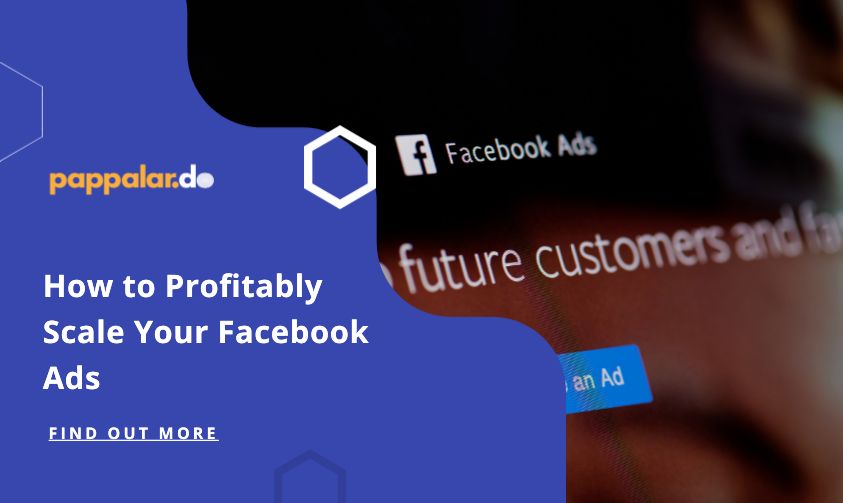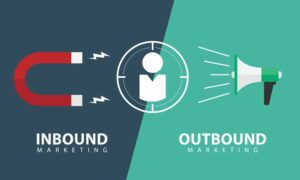In this article, I am going to give you a few practical tips to scale your digital advertising. This will help you take advantage of the technology available today and improve your reach in order to increase conversions and grow your business!
We talk a lot about the Customer Value Journey around here, and the very first stage of the Customer Value Journey is the Aware stage. During the Aware stage, we want to get in front of the right people who would be most likely to buy our products or services.
Ensure the rest of your customer value journey is working efficiently before starting to run ads
Although it is the first stage of the CVJ, it’s one of the last stages that we want to worry about. Why? Because if we don’t have a good way of re-engaging this traffic later, turning them into subscribers, converting them into first-time buyers, getting them excited about your product or service, and cross-selling and up-selling them into your core business product, then the best advertising in the world will only put you out of business.
Think of advertising as a multiplier. If your current marketing and sales process isn’t working, putting more people through that inefficient process will only strain the parts of your business that are most painful.
On the other hand, if you’ve optimized the Engage, Subscribe, Convert, Excite, and Ascent stages, then putting new people through your process will allow your business to scale predictably and profitably.
So before you put an extra dollar into a Facebook or Google awareness campaign, make sure that the rest of your CVJ is running smoothly!
Test the hell out of your ads
For the rest of this article, I’m going to have Facebook ads on the brain. These same principles can cross over into LinkedIn and Google advertising, as well.
First of all, start with a small budget that you’re okay with absolutely setting on fire. The goal at first is not to make money – it’s to learn and it’s to grow your Retargeting audience.
Don’t rush through testing your Facebook ads. There are several things you can test, and you should take the time to test all of them.
Audience testing
Interest testing
Because Facebook collects all kinds of data on everyone, they have a pretty good idea what we’re interested in. This is really powerful and – when done right – we can use this data to get in front of our ideal audience.
Let’s say for a moment that we’re selling dog toys. Well, we might start by searching for dog-related interests. So we might start by selecting people interested in dogs, dog food, dog grooming, pet ownership, and a host of other interests. That’s pretty straightforward, but here’s what will likely happen. According to the law of the 80/20 rule, 20% of your interests will drive 80% of your success. That means that 80% of your audience is underperforming, while 20% of your audience is crushing it.
In an ideal world, what you would do is split that one audience into many audiences. So you would be running a test on your ‘dog grooming’ audience versus your ‘pet lovers’ interest, to see which audience outperforms the others. When you break it out this way, the losers will become apparent very quickly, and you can pause them – saving that budget for your higher performing ads.
Location testing
Similar to the way that we tested interests, we want to test out locations. Let’s say you’re advertising across North America. It might be tempting to select America and Canada – however, it would be smart to test these locations against each other. If your group them together and Canada is outperforming, you’ll miss it – so pull them apart and run location tests. You might even want to get more granular by testing across states and provinces.
Here’s where it starts to get complicated, though, so watch out. Let’s say after setting up your interest groups, you have 10 audiences. Now you want to test U.S. and Canada, so you would duplicate all 10 of those groups and set the location on the first 10 to Canada and the second 10 to United States. Now we have 20 audiences that we’re testing.
Gender and Age testing
Gender and age testing will work the same way. You might want to test male and female audiences to see what works. Now you’re 20 audiences have become 40 (20 male and 20 female). You might also want to bucket age ranges in groups of five years. So you would split test 18-22, 23-27, 28-33, and so on. Your 40 audiences would now be over 400 audiences.
So, it’s taken some work but now you will have really granular data on who you’re advertising to, which audience is responding, and you’ll have a wealth of data that you can start improving on.
Ad testing
There are several ways to test your ads and you should explore them all. We’ll go over them in order of importance.
Testing the ad creative
If your picture or video doesn’t catch people’s interest, they’re going to ignore you. So the first ad element that we want to test is our imagery or video. If you’re running image ads, I would recommend testing out a bunch of different images. Brightly colored ones, subtle ones, professional images, smartphone images, pictures with people, pictures without people, just get as creative as you can and throw everything at the wall.
If you’re running a video ad, I would recommend creating maybe several different versions of your video – but here’s the trick. Only change the first 3 or 5 seconds of the video since that’s about as long as you’ll have to grab their attention. Same idea as with images – bright colors, subtle colors, big fonts, little fonts, just really get creative and see what people respond to.
Testing the Headline
The second most important part of your ad is the heading. Test out a few different headings. Try one that highlights a discount, one that talks about customer service, one that highlights a pain point, one that’s funny. Again, get creative – there’s no wrong answer here.
Testing the Call to Action
Do people want to “Shop Now” or do they want to “Learn More”? We don’t know until we test it. Change up the Call to Action buttons to see what people respond to.
Testing the ad copy
Finally, you’ll want to test the ad copy. Try short, try long, try different hooks – like AIDA (Attention -> Interest -> Desire -> Action), PAS (Problem -> Agitate -> Solution), or the Before, After, Bridge framework.
If you split test all of these items, you’ll likely have a couple hundred variations of your ads. You’ll have lots of data about what is working and what isn’t.
Landing page testing
Landing page testing is a whole article by itself, so we’ll just hit the highlights. In the same way that you tested creative, headlines, buttons, and copy for your ad – you should do the exact same thing for your landing page. If you have a smooth marketing software, you’ll be able to run an A/B test on one landing page. If not, you can split your ads and run traffic to different pages.
How to identify problems
Any problems that you have with your ads are going to come down to one of three things.
- You’re showing your ads to the wrong people
- You’re showing the wrong ads to the right people.
- Your landing page isn’t converting.
Here’s how to know what to do in each scenario…
If you’re not getting impressions…
If you’re not getting impressions in your campaign, it’s probably because your audience is too narrow. Broaden it and try again. If it feels like you should be broad enough but they’re still not showing, duplicate the campaign and try again. Sometimes Facebook gets a little dumb.
If you’re not getting clicks…
If you have a low clickthrough rate – and low is subjective, but typically below 1% is a cause for concern – then you probably aren’t showing the right ads to the right people. You need to keep testing your audience and keep testing your ad creative and copy. If you’re running all of the tests we’ve described above, then you should have some audiences that are doing well and some ads that are doing well. Focus on the winners and pause everything else. You can always go back to the ads and audiences that you’ve paused to tweak things and try again.
If you’re not getting conversions….
If your click through rate is high but your conversion rate is low then you have a problem on your landing page. Test out different images, different buttons, different form fields, different copy. Make sure that there’s a synergy between the ads that you’re showing and the page that they’re landing on. Don’t show an ad that talks about dog toys and take them to your home page – take them to a page selling dog toys!
Once you’ve collected some data, reassess and see what you can learn. Maybe you crushed it with guys in the south, but missed the mark advertising to women. Run the whole process again, but exclude men. With that audience in mind, come up with new ads – along with possibly even new offers or a different landing page. Keep testing, keep learning, keep growing. As you dial in more audiences, your campaign will begin to earn more money, which you can then reinvest back into testing to get your underperforming audiences back on track.
How to scale up
Once you’re relatively happy with how your ads are performing, it’s time to create some lookalike audiences.
Generally, you’ll want to identify some key events that people are doing on your site that have value to you – for our dog store it might be adding an item to a cart, viewing a specific item, or completing a purchase online.
You’ll create new audiences of people that perform those actions, and you’ll tell Facebook, “Go find more people like this.” You can tell Facebook how long of a leash you want it to have, so it can find people that are within the top 1% of your audience, top 2% of your audience, and so on, up to 10%.
Similar to our original audiences, we’ll want to test the triggering event (pageview vs add to cart vs purchase) locations (Canada vs US), gender, age ranges, and the narrowness of the lookalike audience.
This will allow us to reach a bunch of new people that are likely to engage with us in meaningful ways, and give us a bunch of new data that we will continue use to optimize and grow. The beauty of lookalike audiences is that it continues to refine itself as more and more and more people complete these actions.
Software to help you scale
There’s a lot of testing in here, which means hours and days of manual work. To do this efficiently, you’ll need to either hire someone to do this for you, or you’ll need to invest in a software service that allows you to test lots of things at once.
Here are two that we highly recommend and use all the time: Connectio and Uprive.
Hope you got a lot out of this and are ready to start running better ads and scaling your business to the sky!
Happy Marketing!





